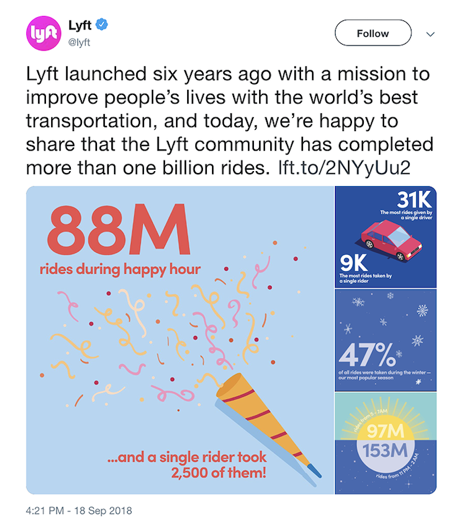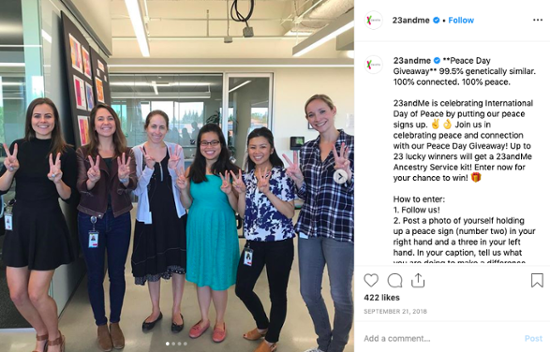
How to increase social media engagement in B2B
Read these 5 steps to turbocharge your social strategy, engage, and win
Social media is becoming a more important marketing channel for B2B companies. With growth comes change. Gone are the days when a social media post needed only a product image and a few lines about the product. Gone also are the days when marketers competed on who had the most followers. With recent updates, the algorithms push the posts that have the most engagement, despite the number of followers that the page has. The new social media strategy (especially for B2B) is about relationship building, and it requires a little more effort to give you the success you need.
About 80% of B2B marketers believe that personalization improves customer relationships, and 88% of B2B marketers believe that buyers expect more relevant and personalized content that addresses their needs and keeps them engaged. (Hushly)
Below, we’re giving you five basic steps that a social media manager should follow to develop a successful social media strategy for a B2B business.
1. Define your ideal B2B customer for social media
Maybe you have heard this a lot, but knowing whom you are serving is essential. Simply put, not every human is your customer and will never be. Your product/service should target only a specific audience. Once you know your ideal customer, creating social content will be easy. Defining the ideal customer is the first step for all our clients’ content strategies.
The best results come only if you speak to the right people and say the right words. Chances are, your company’s marketing team already knows the buyer persona. What you need is a process for embedding that understanding into your social posts.
2. Define the pain points to develop B2B social engagement
Again, tie it back to the ideal customer. How are you going to solve their problem? Are you giving them something better than the competitor gives them? Why should they trust your company and not someone else’s? Once you answer these questions, creating social posts explaining your business purpose will become easy.
We followed this process for one of our clients. They were posting only about their products without explaining the benefits. Promoting products and services won’t give you the results you want until your audience understands how they can benefit from what you’re promoting.
We improved their content strategy by speaking directly to their ideal customer who was in need of what our client was selling. A few helpful phrases served as conversation starters:
- Are you struggling with?
- If you have been thinking of.
- If you’re someone who.
Tie these lines to how your company will solve a follower’s issue or answer their question.
3. Don’t be boring; engage with social posts about people
Content is king, and if you use it correctly, you will see engagement on your social media platforms. Give your social posts some nuances, catchy lines, and teasers. Your audience will love the social content that sparks interest and makes them want to read more.
The main goal of your social platforms should be to build trust and increase awareness. Focus on showing the bright side of your company the work environment, team spirit, and customer feedback. We love asking our clients to share:
- customer pictures
- interviews
- events at their office
- how they give back to the community
- and more. 4. Why vs. What
Although social media is seen as a platform to promote products and services, it doesn’t always work like that. HubSpot says that funny, interactive, and relatable content, as well as content that reflects the brand’s values, perform best on social media.
Use social media to promote your business indirectly. In other words, use it as your business catalog to show what you can do, but most importantly, why you’re doing it. People get more engaged when they learn your company’s story, its core values, the main purpose behind the creation of the company, and more.
Probably your company’s core values and mission statement are written down. Have them in front of you as you write your social posts, so you can tie them to WHY.
Here are a few examples of what companies are posting to increase awareness, build trust and engage their audiences:



5. Track, plan, and execute
After reading this blog, your next step is to come up with a plan on how to make these ideas work for your social media pages. Start with analyzing what has already been working for your social posts and then incorporate our tips and track the results. Once you see the numbers, it will be easy to understand what changes to make.
For all our clients, we create calendars and hashtag lists, and we review the metrics on a monthly basis. This helps us understand the results we’re getting, make tweaks if needed, and improve the results.
If you’re unsure where to start (or how to go forward), contact us and ask for a social media audit. It includes a review of your posts and competitor posts, hashtag research, engagement checklist, and more.


